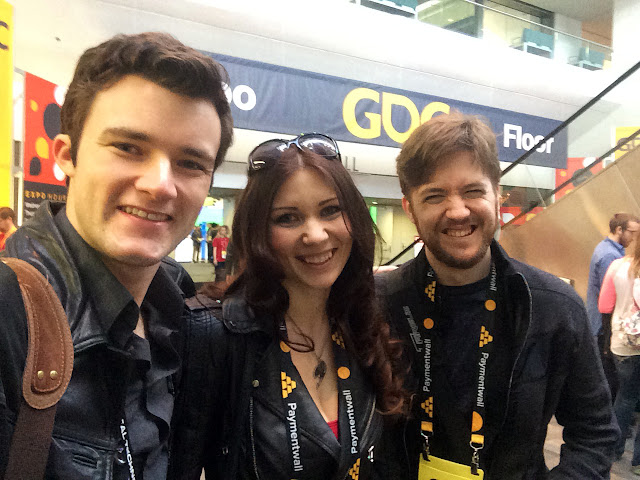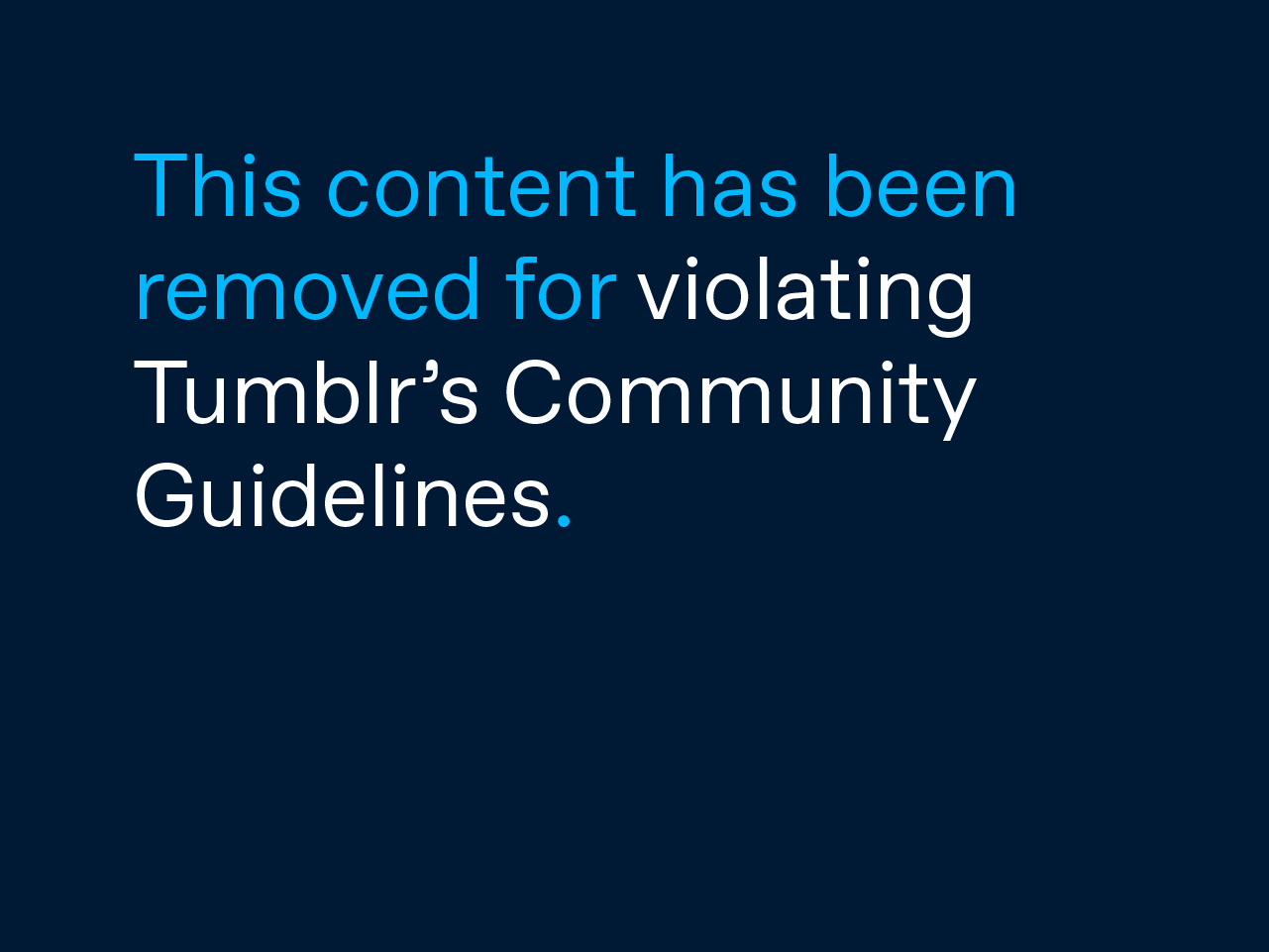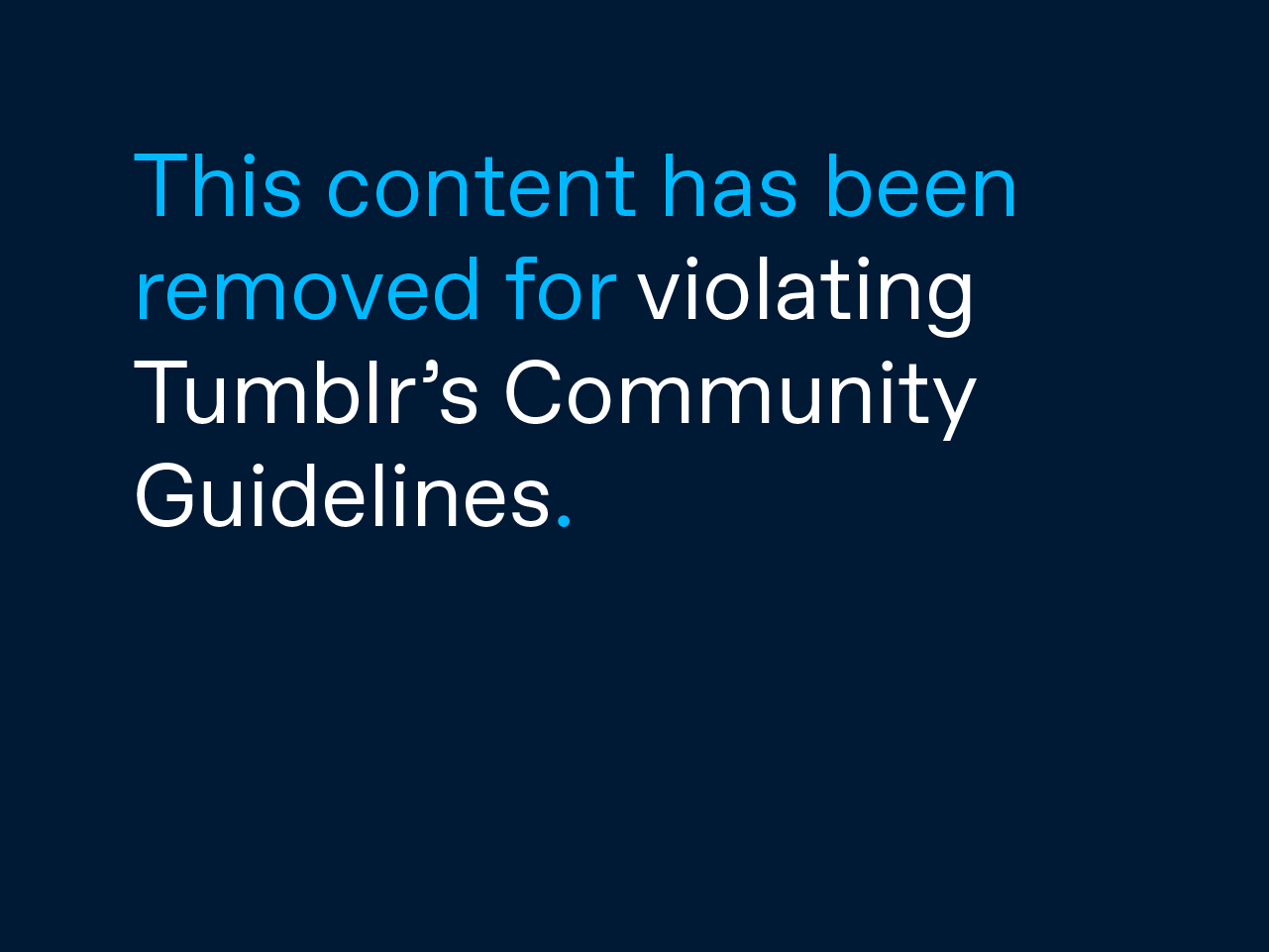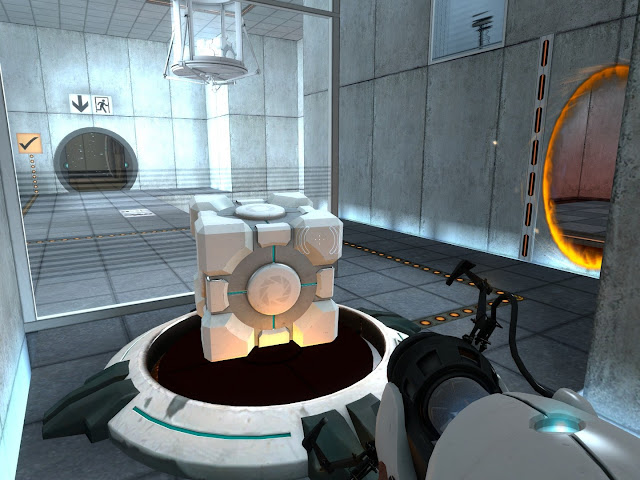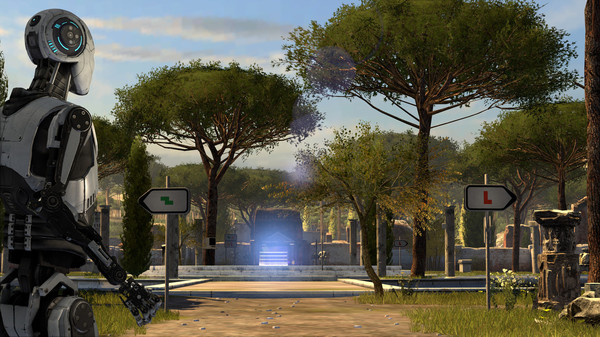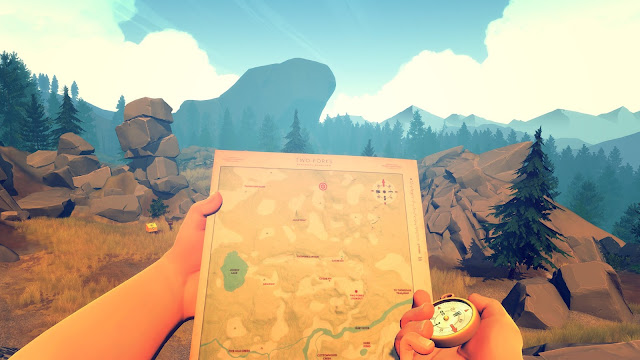Gamers enjoy immersing themselves into worlds that become their new reality.
In order to participate and play video games, players must be comfortable and knowledgeable of the controls.
- There are a variety of ways video games are played across many different platforms, and it is up to game designers to determine appropriate control schemes for their games.
- In addition to thoughtfully setting controls, designers must also avoid accessibility issues of the content in the game itself, such as the effect color blindness or deafness may have on gameplay.
We began making considerations for the accessibility of XING very early on.
XING is a game that is played at the player’s own pace, so it naturally fits into a certain category of accessibility for people who may have slower reaction times or may need to make decisions at their own pace. Since XING was already accessible in this way, we began to always ask ourselves if we were designing the rest of the game to be accommodating for other types of needs.
Color
During development, we have had likely somewhere near a few hundred conversations about color choices. One edifying source for color choice is the game Portal, of which playing was assigned as homework to the team of White Lotus Interactive while we were students in Level Design 1 at Chapman University. Portal introduces new mechanics to the player and teaches them how to play in famously successful ways, and color choices are a huge reason why.The mechanics the player needs to interact with will often have vibrant color and lighting that sticks out from the duller background elements. With XING we have made careful consideration of styling game mechanics such that they are visually distinct from the environments but retain a feeling of belonging in the game world. In regards to color blindness, no puzzle or mechanic relies strictly on color. Effort has gone into making a diverse and satisfying palette of colors for the effects and symbols of various game mechanics; however, distinguishing those colors is not necessary for solving puzzles thanks to use of symbols and other clues.
 |
| XING: The Land Beyond - Color helps to supplement symbols, but does not replace them. Glowing also helps to distinguish game-play elements vs. environmental decoration. |
Here's an example you can A-B through if you click on the photos:
 |
| Original Colors |
 |
| Tritanopia (Very Rare) |
 |
| Protanopia |
 |
| Deuteranopia |
In the above example you can see how important glowing and shape recognition is.
Text & Audio
The story of XING is told through poetry scattered about the various worlds the player travels to. We have a wonderful cast of voice actors read each poem aloud as you discover them, but the text is still available visually in the game world. Any other piece of information that is conveyed through text is shown visually instead of through audio.If there is a puzzle that has some musical or audio component, there is always a visual or symbolic way to solve the puzzle too.
 |
| A piece of a story told through poetry that you pick up in the game. These also include an audio component. |
Temporal Accessibility
Many of the accessibility solutions are clear, easy to ascertain answers. One of the muddier topics has been that of the go-at-your-own-pace rule. XING includes many game mechanics that involve moving large objects around in order to clear a path for yourself. It’s no secret that environmental control becomes a large part of the player’s toolkit, and at various points in development we have thrown in and out other powers. Some of these would have introduced puzzles in the game that would have required users to expertly time a jump, or have to perform an action or series of actions at a certain moment. While we felt like some of the mechanics we had made were very cool, we ultimately did not want to break from the pacing rule. This not only allowed us to keep the game accessible in that way, but it also helped to streamline and organize the development of our game mechanics.
 |
| All puzzles in XING: The Land Beyond are go-at-your-own-pace. |
Virtual Reality
Building accessibility into virtual reality (VR) content requires a lot of the same considerations that building for other platforms requires. VR also introduces many new accessibility issues, perhaps the largest being that of locomotion comfort, or how comfortable players are moving around the game world. I talk about our various VR locomotion schemes in this blog post, and the challenges in designing for rapidly evolving VR platforms.Recently, I showed XING and some other VR demos to a friend of mine who is wheelchair-bound and who has some motor-skill impairment. Virtual reality is certainly an exciting platform for him, and he had a great experience with nearly each experience we tried. It is beautiful that virtual reality allows him to explore new worlds and explore them in crazy ways, like flying around Paris as an eagle or floating through the vastness of space in zero-g.
While the latest room-scale gaming with motion controllers allows for complex, high intensity action games that utilize fast reaction time and motor skill accuracy, virtual reality is at the same time providing opportunities to bring people of various backgrounds together. The social application AltSpace is a great example of an inclusive application. AltSpace is cross platform and works on mobile VR headsets as well as setups like Vive with motion controllers. In AltSpace, if you have motion controllers you are able to use them, but you can still participate in the same activities even if you do not have motion controllers. While I don’t think every game developed needs to be changed and made completely accessible, I think that if a game already fits the mold for potentially being enjoyed by a wider audience, then it makes sense to put in the effort.
 |
| Pictured: James (Me) Virtual Reality also opens up a lot of other doors too. For example, I've never traveled to so many places with a cat on my lap the entire time! |
Next Steps
We are still working hard as ever to launch XING: The Land Beyond and ensure it can be enjoyed by many people. If you have any additional accessibility comments or concerns, please let us know in the comments!



